
- Afrikaans
- Albanian
- Amharic
- Arabic
- Armenian
- Azerbaijani
- Basque
- Belarusian
- Bengali
- Bosnian
- Bulgarian
- Catalan
- Cebuano
- China
- Corsican
- Croatian
- Czech
- Danish
- Dutch
- English
- Esperanto
- Estonian
- Finnish
- French
- Frisian
- Galician
- Georgian
- German
- Greek
- Gujarati
- Haitian Creole
- hausa
- hawaiian
- Hebrew
- Hindi
- Miao
- Hungarian
- Icelandic
- igbo
- Indonesian
- irish
- Italian
- Japanese
- Javanese
- Kannada
- kazakh
- Khmer
- Rwandese
- Korean
- Kurdish
- Kyrgyz
- Lao
- Latin
- Latvian
- Lithuanian
- Luxembourgish
- Macedonian
- Malgashi
- Malay
- Malayalam
- Maltese
- Maori
- Marathi
- Mongolian
- Myanmar
- Nepali
- Norwegian
- Norwegian
- Occitan
- Pashto
- Persian
- Polish
- Portuguese
- Punjabi
- Romanian
- Russian
- Samoan
- Scottish Gaelic
- Serbian
- Sesotho
- Shona
- Sindhi
- Sinhala
- Slovak
- Slovenian
- Somali
- Spanish
- Sundanese
- Swahili
- Swedish
- Tagalog
- Tajik
- Tamil
- Tatar
- Telugu
- Thai
- Turkish
- Turkmen
- Ukrainian
- Urdu
- Uighur
- Uzbek
- Vietnamese
- Welsh
- Bantu
- Yiddish
- Yoruba
- Zulu
Instrument And Equipment
Instruments and equipment are essential tools used in various industries for measurement, analysis, production, and research. They enhance efficiency, accuracy, and safety in fields such as healthcare, manufacturing, engineering, and scientific research.
-
Reference Flat Mirror
Learn More Now >
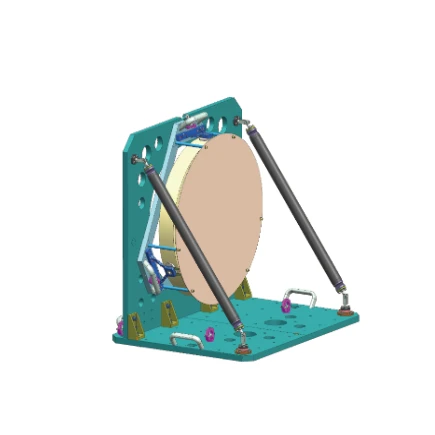
-
Off-Axis Collimator
Learn More Now >
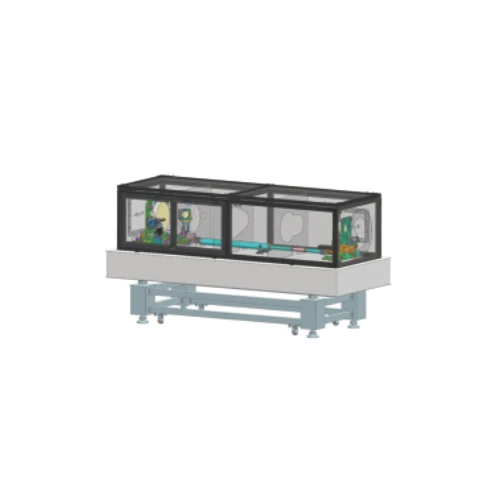
-
Fundus Imager
Learn More Now >

-
Infrared Search and Track Instrument
Learn More Now >
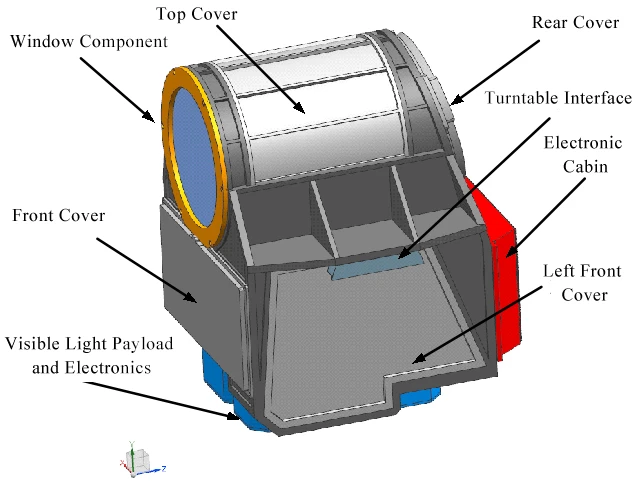
-
Collimator
Learn More Now >

-
Large Depth Of Field Lens Camera
Learn More Now >
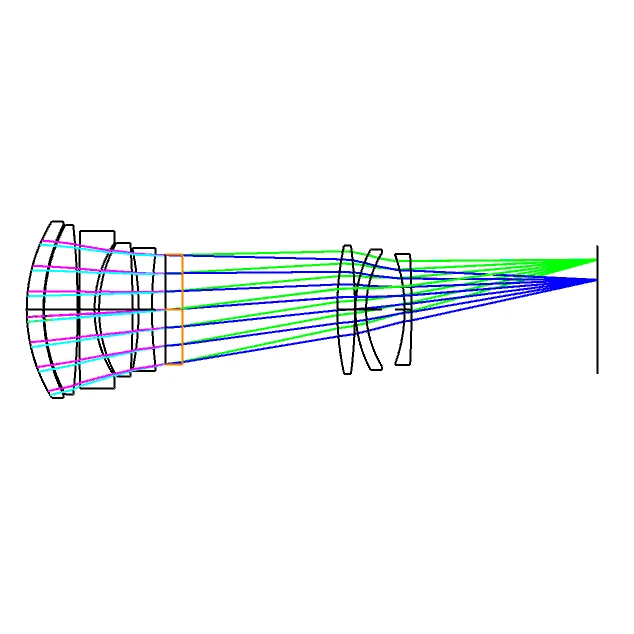
-
High-Precision One-Dimensional Turntable Device
Learn More Now >

-
Intelligent And Efficient Robot CNC Polishing System
Learn More Now >
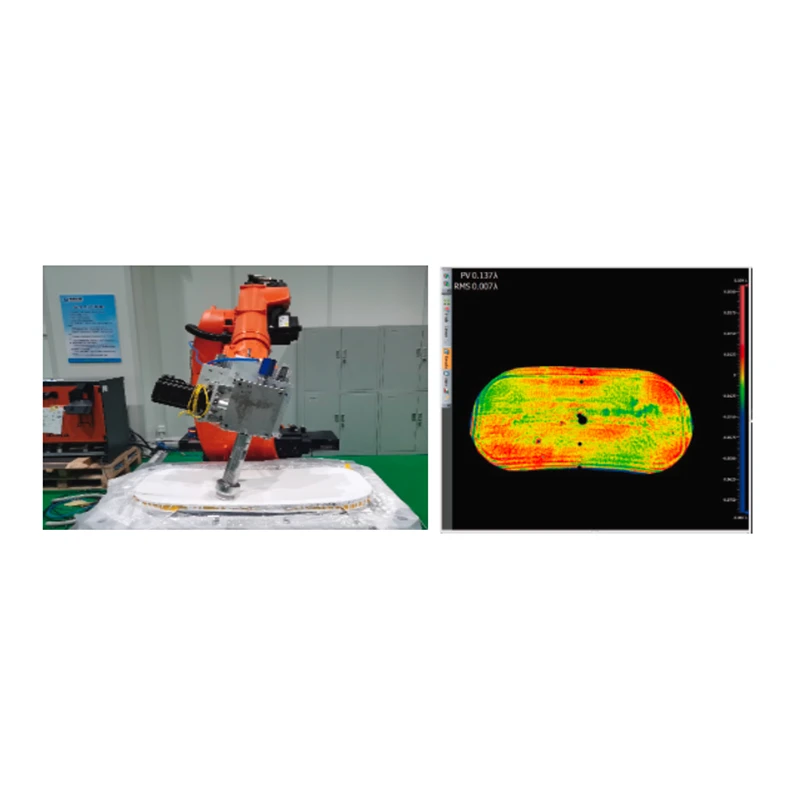
Fill out the inquiry form below, and our team will provide you with the best solutions!
Completely synergize resource taxing relationships via premier niche markets professionally.
Contact UsWhat Is The Difference Between Instruments And Equipment, And How Are They Used In Different Industries?
Instruments and equipment are both essential tools in industrial, scientific, and commercial applications, but they serve different functions. Instruments are primarily used for measuring, monitoring, and analyzing various parameters, while equipment refers to larger machinery and tools used for manufacturing, production, or operational processes.
Instruments are widely used in laboratories, medical diagnostics, and engineering fields. Examples include thermometers, pressure gauges, oscilloscopes, spectrometers, and digital calipers. These tools provide precise measurements that are crucial for research, quality control, and safety. In healthcare, instruments such as blood pressure monitors, ECG machines, and diagnostic imaging devices help doctors assess patient health accurately.
Equipment, on the other hand, refers to larger machines and systems that perform specific tasks. In manufacturing, industrial equipment includes CNC machines, assembly robots, and conveyor systems, all of which contribute to automation and efficiency. In construction, heavy equipment such as cranes, bulldozers, and excavators are used for large-scale building projects.
In scientific research, both instruments and equipment play a vital role. High-powered microscopes, centrifuges, and spectrophotometers help researchers analyze biological and chemical samples. In aerospace and engineering, wind tunnels and material testing machines assist in developing advanced technologies.
The proper selection and use of instruments and equipment significantly impact productivity, safety, and innovation across various industries. As technology advances, these tools are becoming more precise, automated, and integrated with digital systems for better performance and data analysis.
Key Applications of Instruments and Equipment
-
 Scientific and Laboratory InstrumentsUsed for precise measurements and analysis in research, chemistry, and medical diagnostics.
Scientific and Laboratory InstrumentsUsed for precise measurements and analysis in research, chemistry, and medical diagnostics. -
 Industrial and Manufacturing EquipmentIncludes CNC machines, robotics, and conveyor systems to enhance production efficiency.
Industrial and Manufacturing EquipmentIncludes CNC machines, robotics, and conveyor systems to enhance production efficiency. -
 Medical and Healthcare DevicesComprises diagnostic tools like ECG machines, imaging systems, and surgical instruments for patient care.
Medical and Healthcare DevicesComprises diagnostic tools like ECG machines, imaging systems, and surgical instruments for patient care. -
 Construction and Engineering EquipmentFeatures heavy machinery such as cranes, excavators, and testing instruments for large-scale projects.
Construction and Engineering EquipmentFeatures heavy machinery such as cranes, excavators, and testing instruments for large-scale projects.











